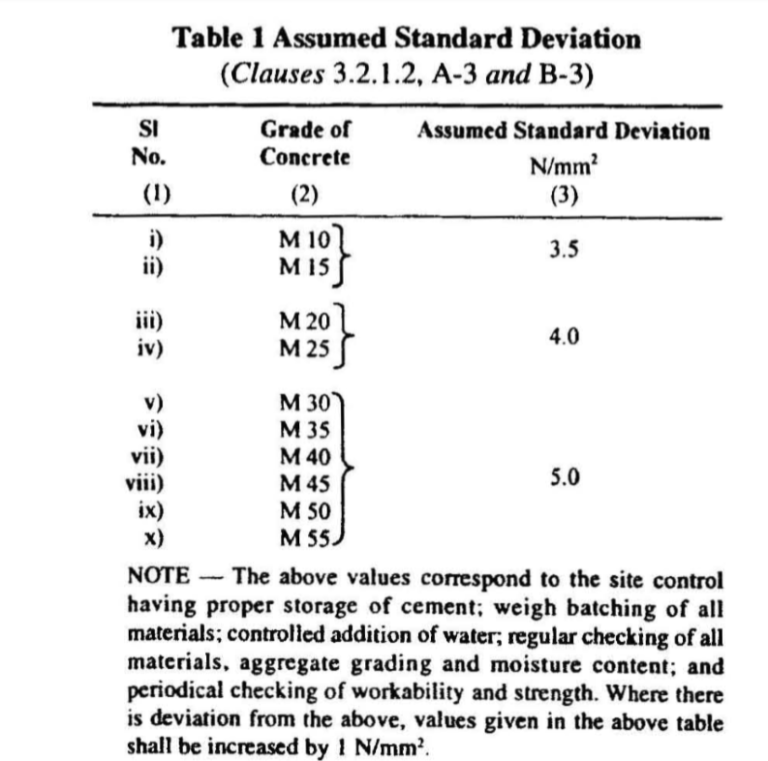

For compression specimens with 20% cement, the density decreased from 1320.1 to 1265 kg/m 3, and the flexural strength decreased from 1318 to 1259.6 kg/m 3. The value of the initial tangent modulus for the cube specimens ranged between 96 and 636 MPa. According to the findings, compressive strength achieved a maximum strength of 1055.5 kPa and ranged from 120 to 1055.5 kPa, and the flexural strength achieved a maximum strength of 217 kPa and ranged from 80.1 to 217 kPa at different mix ratio percentages. The effects of the mix ratios of glass fiber to bagasse ash (0.2%–1.2%), blast furnace slag to the weight of bagasse ash (10%), cement binding to bagasse ash (10%–20%), and water to sugar cane bagasse ash (55%) regarding the flexural strength, compressive strength, density, tangent modulus, stress–strain pattern, and load–deflection curve of the prepared materials were studied. To check the suitability of this secondary waste for use in civil engineering and to minimize risk to the environment in the development of sustainable growth, a sequence of compressive and flexural strength tests was performed on materials prepared using sugar cane bagasse ash (SA) reinforced by glass fiber (GF) in combination with blast furnace slag (BF) and cement (CEM). Ash generated from burning sugar cane in the sugar industry is known as sugar cane bagasse. To develop this composite, sugarcane bagasse ash (SA), glass fiber (GF), and blast furnace slag (BF) are used. The main focus of this study is the development of a sustainable geomaterial composite with higher strength capabilities (compressive and flexural). Dumping massive quantities of waste in a non-eco-friendly manner is a key concern for developing nations. The sugar industry produces a huge quantity of sugar cane bagasse ash in India. 7Civil Engineering Department, College of Engineering, King Khalid University, Abha, Saudi Arabia.6China Medical University Hospital, China Medical University (Taiwan), Taichung, Taiwan.5Department of Civil Engineering, Jamia Millia Islamia, New Delhi, India.4Geomechanics and Geotechnics Group, Kiel University, Kiel, Germany.3Department of Civil Engineering, Zakir Husain College of Engineering and Technology, Aligarh Muslim University, Aligarh, India.2Department of Civil Engineering, Yeshwantrao Chavan College of Engineering, Nagpur, India.1Department of Civil Engineering, Kavikulguru Institute of Technology and Science, Ramtek, India.Anas 5*, Mohammad Mursaleen 6*, Mohd Abul Hasan 7 and Saiful Islam 7 Importance of Flexural StrengthĬalculation of flexural strength is considered crucial in structural mechanics.Harshal Nikhade 1,2, Ram Rathan Lal Birali 1, Khalid Ansari 2, Mohammad Arsalan Khan 3,4*, Hadee Mohammed Najm 3, S. Whereas, when the extreme fibers are defective, then tensile strength is lower than the flexural strength. In case if the extreme fibers are stronger, tensile strength tends to be lower than flexural strength. Usually, any homogeneous object will have the same tensile and flexural strength. Therefore, they are most vulnerable to breakage or rupture. The ‘extreme fibers’, i.e., the fibers at the surface of the object tend to experience maximum forces. This results in unequal distribution of forces among the fibers of the objects. Flexural stress, on the other hand, exerts both tensile and compressive force upon an object. Any weak regions in such a case may give up and undergo deformation. All the fibers or regions of an object experience an equal force. When an object is put under tensile stress it tends to ‘expand’. There is always the possibility of some local defects being present in any object.


 0 kommentar(er)
0 kommentar(er)
